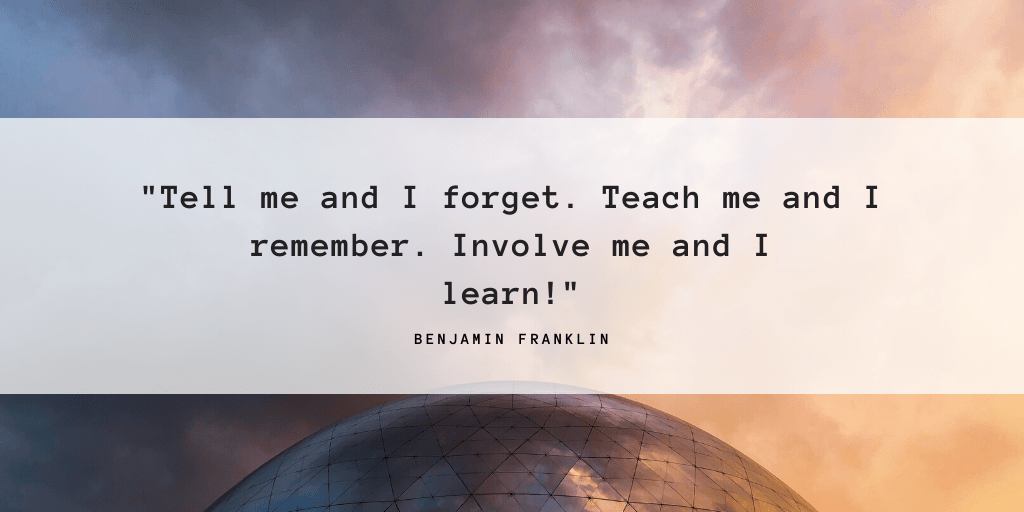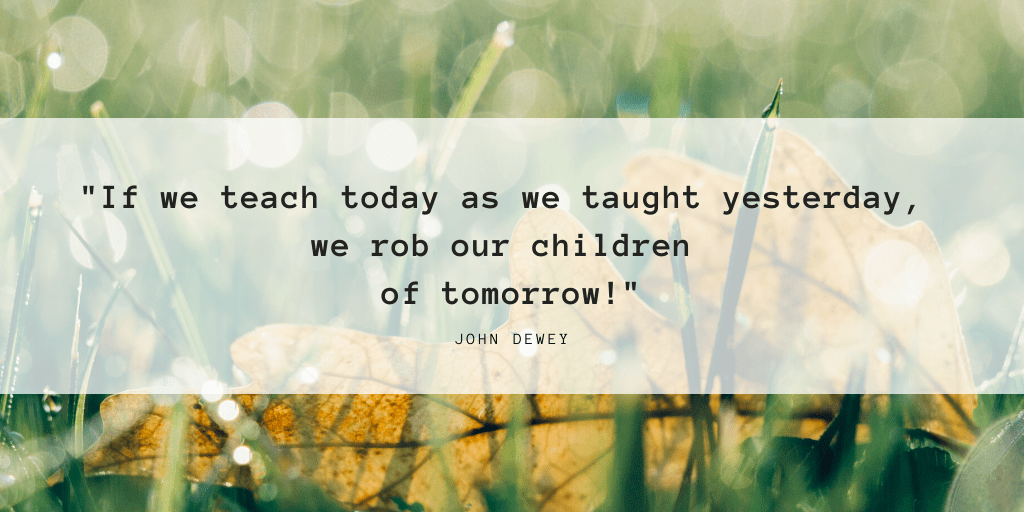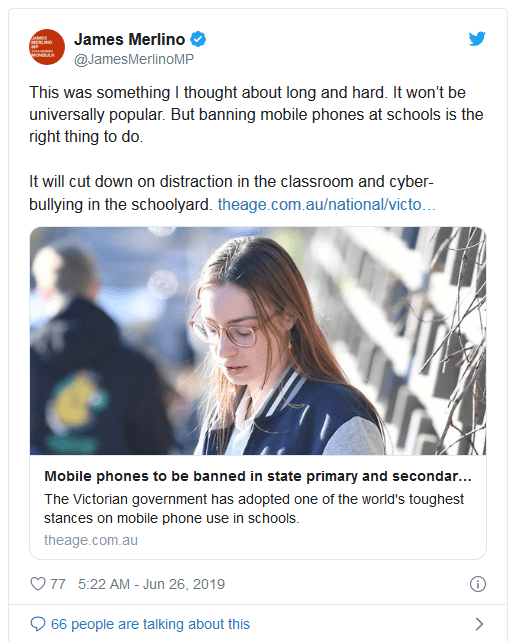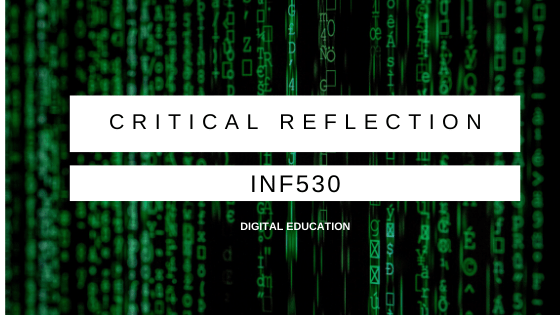
INF530 – Critical Reflection – Part B
“Provide a critical synthesis of your reflection on how your views, knowledge and understanding of the work of an education professional in digital environments has changed and/or developed.”
Web 2.0 is a driving force behind the development of creating Communities of Practice (COP’s), a term described by Jean Lave and Etienne Wenger as a system that enables a learner to create new knowledge, build relationships and share information. A COP assists the learner to reach a broader context outside an individual social network through connected learning (Hass et al., 2020, p. 1).

During my studies in unit INF530, ‘Concepts and Practices for a Digital Age’ I have benefitted from connected learning through participating in group discussion boards, Twitter, Zoom and Adobe Connect tutorials to create a COP. The ability to share information that is relevant to the subject matter is a brilliant academic resource to assist with information overload (IO). IO is a current phenomenon as individuals have a limited amount of cognitive capacity to process and retain information, using multiple platforms at once, such as Facebook, Twitter, and other social demands diminish the capacity to retain information (Matthes et al., 2019, p. 2). To mitigate IO, in this course I have adopted and appreciated the shared knowledge of my peers. Participating in social media platforms and discussion boards provides valuable and relevant content to the course and has assist in developing my professional knowledge and promoted inquiry-based learning.
An example of this occurred in a discussion thread in Module 5.1 Creativity and Education, my peer, Mr Wendell NeSmith is inherently interested in Gamification and as a result, I started to follow his posts, Twitter and Diigo links to gain a critical insight into his area of expertise. The sharing of a TED talk on Twitter by Wendell “The Power of Gamification in Education” Scott Hebert opened my mind to gamification as a pedagogy to enhance creativity to develop 21st Century skills. My interest in gamification via the Twitter post sparked an interest and I decided to research this further by writing a blog post Creative Technologies – Model 5.1 Reflect & Share.
Continuing the path of creativity, I discovered Katherine Attree’s Scholarly book review on Thinkspace extremely interesting and relevant to the current research I was delving deep into. Katherine’s Thinkspace blog discussed global connectedness and introduced the works of Sir Ken Robinson highlighting a TED talk “Do schools kill creativity.” I commented on the post and shared a book written by Sir Ken Robinson on Twitter and Diigo as a result of Kath’s ThinkSpace blog, as shown in Image 1.
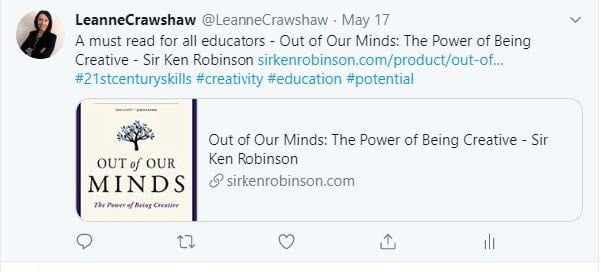
I have found the participatory nature of digital learning an invaluable resource of creating and forming new knowledge to promote collaboration and critical thinking, all skills required for the 21st Century. On reflection, connected learning has enabled me to research broadly and appreciated a variety of academic views and ideas. Previously, I have not experienced this level of peer learning and as a result, the information shared in INF530 has afforded a new perspective and a higher level of interest in diverse areas. Through active involvement and sharing of informaiton this is how the basis of my digital essay evolved as my knowledge expanded and shifted throught various discussion forums and Twitter posts. I firmly belive through active participation in a digital network of learning, I have moved outside of my academic comfort zone to explore learning theories I would not have previously conceived.
My knowledge in digital learning environments has evolved beyond the surface of “What are 21st Century skills” to “How can we teach 21st Century skills?” and further into “Can you teach 21st Century skills, especially creativity?” Research indicates creativity can be enhanced, however, not taught as it comes down to the old argument of “nature v’s nurture” (Chatzidaki et al., 2019). My academic goal is to explore this topic further to research both sides of the creativity debate. Through participating in INF530 the more I read and research the more I realise how little I know. My journey as an educational professional in a digital world is just beginning and requires further development.
The last three years studying online at Charles Sturt University has provided an invaluable learning opportunity to assit in developing 21st Century digital skills. I was not aware I was developing the skills of critical thinking, creativity, communication and collaboration through studying online until I had to question what these skills are and how to teach them. I am grateful that as I transition my students from face-to-face delivery to online learning due to COVID-19, I have the expereince of being an online student to know how to actively engage as a digital citizen. Participating in a COP through digital technology and active involvement is the key to master new skills and knowledge, as quoted below:
References
Chatzidaki, N., & Kechagias, C. (2019). Can We Teach Creativity? Extending Socrates’s Criteria to Modern Education. The Journal of Aesthetic Education 53(4), 86-98. https://www.muse.jhu.edu/article/738240.
Hass, M., Haley, K., Nagappan, B., Ankel, F (2020). The connected educator: personal learning networks. The Clinical Teachers’ Toolbox. 17: 1-5 https://doi-org.ezproxy.csu.edu.au/10.1111/tct.13146
Matthes, J., Karsay, K., Schmuck, D., Stevic, A., (2019). Too much to handle impact of mobile social networking sites on information overload, depressive symptoms, and well-being. Computers in Human Behaviour. https://doi.org/10.1016/j.chb.2019.106217
